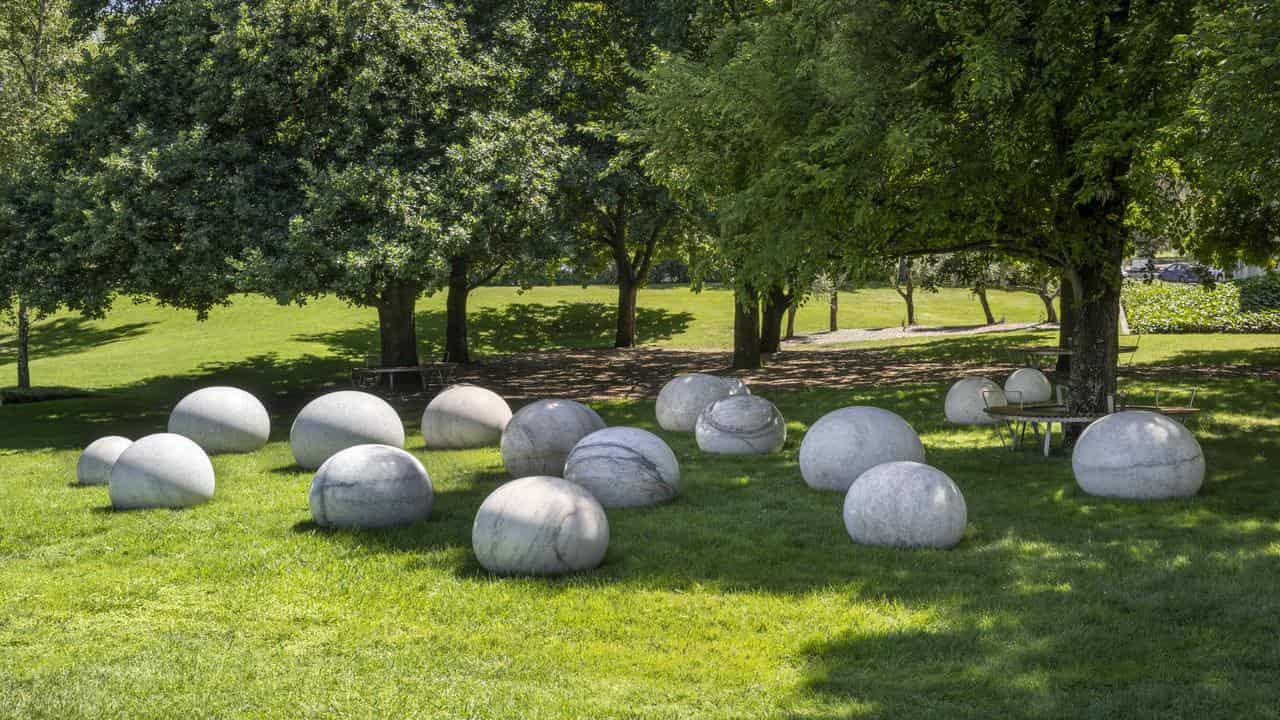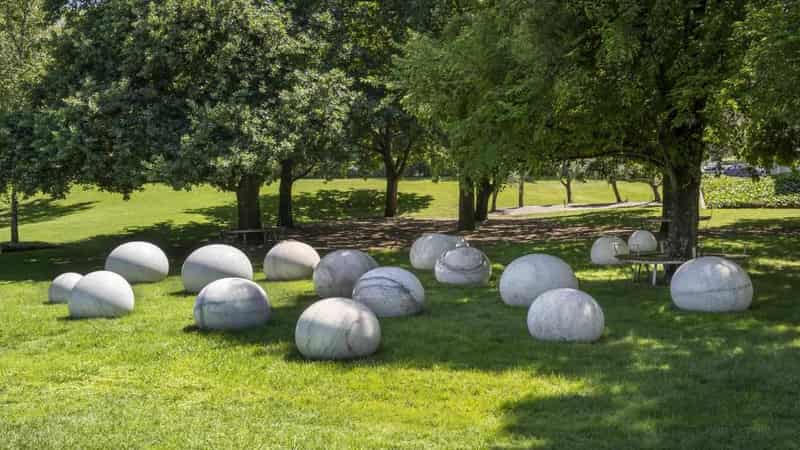
When Ben Farinazzo finished his deployment in East Timor, he returned a completely different person, his wife says.
Australian Defence Force personnel had been sent to the Southeast Asian nation after violence erupted in the wake of its 1999 independence crisis.
As one of the few soldiers who spoke the language, Mr Farinazzo connected with local civilians and returned with their stories and his own psychological scars.
During the early 2000s, there was little to no national conversation about post-traumatic stress disorder for young veterans and so Mr Farinazzo’s mental health continued to deteriorate until he ended up in hospital.
But it was through this experience, he got to know other veterans.
“People don't just carry packs, they carry trauma, nightmares, panic attacks, anxiety, depression, PTSD, a whole range of unseen injuries,” Mr Farinazzo told AAP.
“When left untreated, (they) can spread like cancer and destroy families and lives.
“I realised I was not alone in this experience - this was something that has sat under the surface and wasn't being acknowledged.”
But at the Australian War Memorial, the veil has begun to part.
The memorial, which has long commemorated Australians who have died during war, has commissioned a confronting work of art dedicated to those who have lived on.
Made in consultation with veterans and their loved ones, For Every Drop Shed in Anguish by sculptor Alex Seton is composed of 18 gleaming marble pieces carved into large drops of blood, sweat and tears.
Shaped from 3000kg of Queensland marble, the stones' warm, flesh-like tone is scarred with veins of iron.
"I wanted material that had a true beauty to it, a resilience that would reveal itself when you touch the droplet," Mr Seton told AAP.
"The character lies in the stone and the fissures, which can speak poetically to the damage veterans feel - whether it be seen or unseen.
"It provides some hope of healing."
On Thursday, veterans and their family members will be invited to walk among the sculptures and scan QR codes on nearby benches to experience the stories of Australia's returned soldiers.
To each viewer, it will represent something different.
For some, it will be a part of the garden where they can grieve for those lost to suicide or other challenges faced by veterans, for others, they can reflect on their own journeys and garner a sense of peace and solitude
This artwork is the first of its kind at the Australian War Memorial and, to Mr Seton and Mr Farinazzo, it represents a shift in the national conversation that they hope will prompt veterans to reach out.
"We're moving away from the hard edge side of deployment and what we've done," Mr Farinazzo said.
"And now we're looking at the emotional impact.
"It's quite a significant event and we'll see the flow-on effect over time."
Lifeline 13 11 14
Open Arms 1800 011 046









